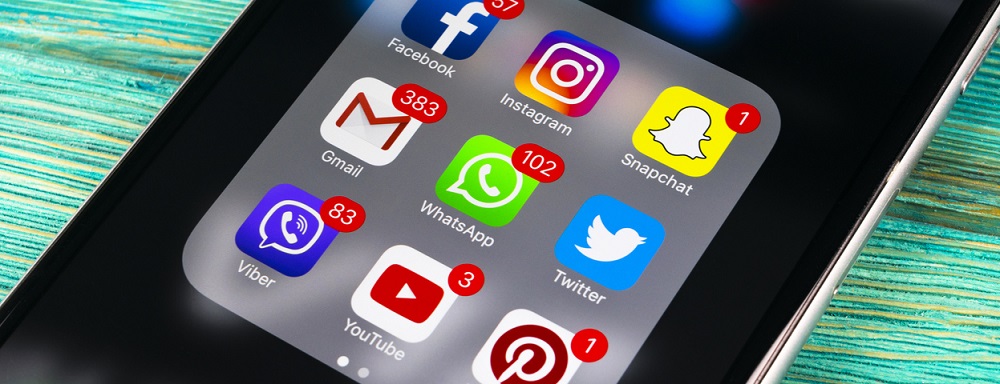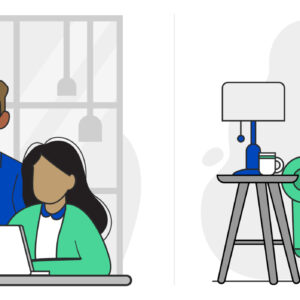Internet Safety Guide: Staying Safe on Social Media
Last Updated on October 23, 2018 by Karen Quach
When you don’t need high-speed Internet access for work or research, social media is a great way to interact with friends, while taking some time to relax. In fact, social media is an integral part of many people’s lives, but as its popularity has increased, so have its potential dangers. An average of 10% of social media users have been a victim of a cyber-attack through social media, and more than 600,000 Facebook accounts alone are compromised on a daily basis. Knowing the potential risks and security best practices can help you stay safer and avoid scams. Start implementing these five tips today.
1. Keep Your Profiles Private
Scam artists love social media because it gives them easy access to large networks of potential targets. They can use a seemingly innocuous beach photo or vacation post to learn more about you and your purchases or location — the exact type of information that makes it easier to crack passwords or access other accounts. By keeping your profiles private and allowing only your friends to see your updates, you limit the information that malicious third parties can access.
2. Be Careful with What You Post
Even if your profile is private, there’s a chance your posts could be leaked or discovered by a hacker, so don’t post anything that reveals personal information about yourself. Here are a few examples of what should be off-limits for social media posts:
- Home address
- Phone number
- Bank name or information
- Photos of ID or passport
Turn off location services so you don’t reveal your posting location, and never announce when you’re home alone or leaving your home unattended.
3. Ignore Gimmicks
The most common scams on Facebook are online surveys and fake offers, though these scams can be found on other social media platforms, too. Avoid offers for free merchandise or online surveys in exchange for gift cards or prizes. If it sounds like an offer is too good to be true — “Share this post and win $1,000!” or “You just won a free iPad!” — it likely is. By clicking on these posts, you may accidentally download malware or share personal information with a hacker.
4. Use Strong Passwords
You’ve likely seen or heard of the many people who have had their accounts hacked. Hackers and malicious programs can use hacked profiles to post spam, inappropriate comments, or links to surveys and giveaways — all without the profile owner realizing it. And using a weak password makes it much easier for a cybercriminal to gain access to your account this way.
While there is no such thing as an entirely hack-proof password, you can create strong, hard-to-crack passwords. Use a long combination of various characters, including numbers and symbols, and avoid using words or common phrases. Three or four times a year, update your passwords and create different ones for each account.
5. Check Out Your Profile on a Regular Basis
With so many social media platforms available, many people create profiles on multiple sites and then abandon them shortly thereafter. But if you forget about a profile, you may never know if it was hacked. Regardless of how frequently you use a platform, review your profile at least weekly for spam or suspicious activity.
If you think your account has been compromised, change your password immediately and then contact the site’s support portal to report the issue. If you no longer want to use a platform, delete the account rather than leave it unattended.
Social media is a fun way to stay connected with friends and family online. By following these five safety tips, you can feel more confident in the security of your profile and personal information.








